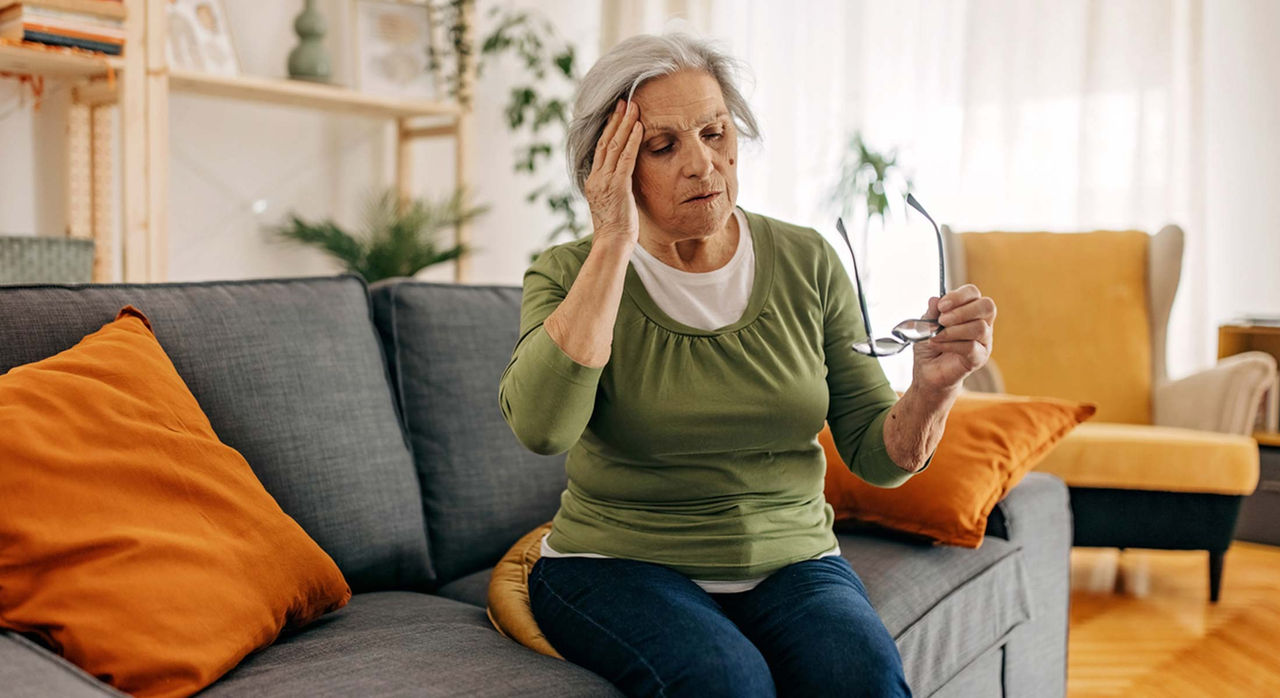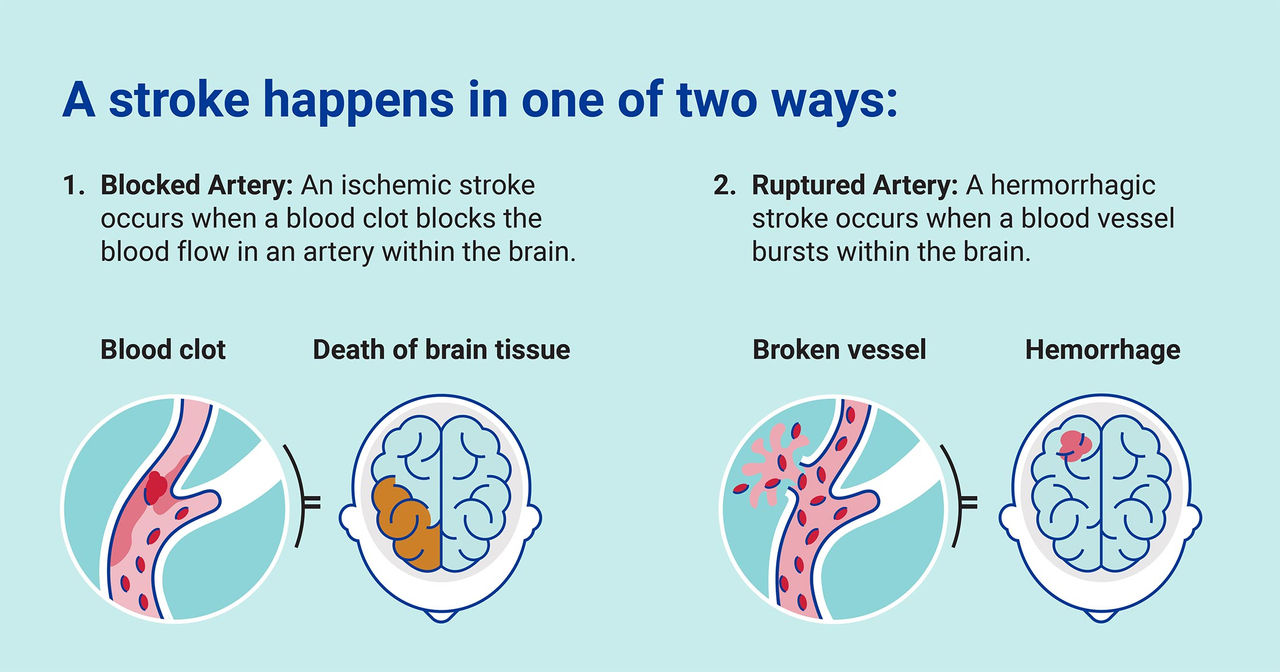-
- Find Care
-
- Visitor Information
- Find a Location
- Shuttles
- Visitor Policies
-
-
- Our Virtual Care Options
- Virtual Urgent Care
- Virtual Visits for Primary & Specialty Care
- Online Second Opinions
- Participate in Research
-
- Contact us
-
- For Innovators
- Commercialization Guide for Innovators
-
-
- Research News
- Alzheimer's Disease
- Artificial Intelligence
-
- Overview
-
- Overview
- Getting Started
- New to Mass General Brigham
- International Patient Services
- What Is Patient Gateway?
- Planning Your Visit
- Find a Doctor (opens link in new tab)
- Appointments
- Patient Resources
- Health & Wellness
- Flu, COVID-19, & RSV
- Billing & Insurance
- Financial Assistance
- Medicare and MassHealth ACOs
- Participate in Research
- Educational Resources
- Visitor Information
- Find a Location
- Shuttles
- Visitor Policies
- Find Care
-
- Overview
- Our Virtual Care Options
- Virtual Urgent Care
- Virtual Visits for Primary & Specialty Care
- Online Second Opinions
-
- Overview
- Participate in Research
-
- Overview
- About Innovation
- About
- Team
- News
- For Industry
- Venture Capital and Investments
- World Medical Innovation Forum (opens link in new tab)
- Featured Licensing Opportunities
- For Innovators
- Commercialization Guide for Innovators
- Contact us
-
- Overview
- Information for Researchers
- Compliance Office
- Research Cores
- Clinical Trials
- Advisory Services
- Featured Research
- Two Centuries of Breakthroughs
- Advances in Motion (opens link in new tab)
- Brigham on a Mission (opens link in new tab)
- Gene and Cell Therapy Institute
- Research News
- Alzheimer's Disease
- Artificial Intelligence
-
- Overview
-
- Overview
- Residency & fellowship programs
- Brigham and Women's Hospital
- Massachusetts General Hospital
- Mass Eye and Ear
- Newton-Wellesley Hospital
- Salem Hospital
- Integrated Mass General Brigham Programs
- Centers of Expertise
- Global & Community Health
- Health Policy & Management
- Healthcare Quality & Patient Safey
- Medical Education
- For trainees
- Prospective trainees
- Incoming trainees
- Current trainees
- Continuing Professional Development
What Is a Stroke?

A stroke happens once every 45 seconds in the United States — that’s more than 800,000 strokes per year.
“Stroke results from a sudden disruption of blood flow to the brain,” explains Natalia S. Rost, MD, MPH, FAAN, FAHA. Dr. Rost is a Mass General Brigham neurologist and chief of the Stroke Division at Massachusetts General Hospital.
If not diagnosed and treated promptly, strokes can cause devastating effects like paralysis, loss of ability to speak, and even death. Fortunately, “Strokes are preventable, treatable, and beatable,” says Dr. Rost.
Types of stroke
There are two types of stroke:
- Ischemic stroke: A blood vessel becomes plugged or blocked by a blood clot.
- Hemorrhagic stroke: A blood vessel in the blain ruptures, causing a hemorrhage (bleeding) in the brain.
Ischemic stroke is more common, according to the Centers for Disease Control and Prevention (CDC), but both types can cause death or serious disability. Blood delivers oxygen to the brain, which controls the entire body.
Diagram showing the two types of stroke

“When the blood flow is disrupted, brain cells begin to die. This can happen within minutes from the blood flow disruption. That’s why stroke is an emergency. We want you to contact 911 or any local emergency response to get you to the hospital as soon as possible,” Dr. Rost says.
Is a transient ischemic attack (TIA) a stroke?
A transient ischemic attack, or TIA, is when blood flow is disrupted in the brain temporarily. This can be due to a blood clot or a small bleed, called a microhemorrhage. TIAs are sometimes called ministrokes.
The blood clot either dissolves on its own or the bleeding is small and self-contained. TIA symptoms usually last for 5 minutes or less, and don’t cause permanent damage, but should be taken seriously. TIA can be a warning sign that a full stroke could happen soon. Get help immediately if you experience any stroke-like symptoms, even if they go away after a certain amount of time. According to the CDC, 1 in 3 people who have a TIA will have a major stroke within a year if they don’t receive proper treatment.
What does a stroke do to your body?
Stroke signs and symptoms often appear suddenly. They can include:
- Numbness or weakness in the face, arm, or leg, especially on one side of the body
- Trouble with vision in one or both eyes
- Difficulty speaking or understanding speech
- Problems with walking, balance, and dizziness
- Confusion
- Severe, sudden headache
If you or someone you’re with is experiencing stroke signs or symptoms, think FAST:
- Facial drooping
- Arm weakness
- Speech difficulties
- Time to call 911 immediately
“Our brain is what makes us human. Our thoughts, words, emotions, the way we connect with each other in the world,” says Dr. Rost. Each minute counts when trying to minimize brain damage from a stroke.
Warning signs of a stroke in a woman
Do men and women have different signs and symptoms of stroke?
“Stroke symptoms are largely dependent on the area of the brain that is being affected. Whether you experience difficulty speaking or paralysis, men and women experience stroke very similarly,” says Dr. Rost.
However, there can be key differences between men and women. “Women frequently experience stroke in a different way where the symptoms could be milder or accompanied by a headache or a feeling of unwellness,” Dr. Rost explains.
Women also tend to downplay their symptoms. “Women are often stoic primary caretakers. They tend to underestimate the severity of their stroke and underreport them. Even medical professionals underestimate symptoms of stroke in women,” Dr. Rost says.
Women should familiarize themselves with the signs and symptoms of stroke, remember to think FAST, and get prompt emergency care.
How is a stroke diagnosed?
Diagnosing a stroke is important to differentiate between an ischemic or hemorrhagic stroke. Doctors frequently use an imaging test called a CT scan, or computed tomography scan. CT scans use a special type of x-ray to produce a 3D image and are very helpful to show bleeding signs. Doctors use a more sophisticated scanner called MRI (or magnetic resonance imaging) to show the smallest of ischemic strokes and often order an MRI after a CT scan in the emergency department.
TPA to bust blood clots
Treatments differ depending on the type of stroke. For ischemic strokes, a medication called tissue plasminogen activator (TPA) is given through an IV (intravenously). “A powerful clot buster, called TPA, has to be delivered within a very narrow time window, 4.5 hours from stroke symptom onset,” Dr. Rost says. TPA works by dissolving the blood clot responsible for the stroke, which restores the blood flow.
Thrombectomy to remove blood clots
Another option is a thrombectomy, which is a surgical procedure where specially-trained doctors insert very thin tube called a catheter through a blood vessel and into the brain. The catheter can help remove the clot directly.
How is a stroke treated?
Depending on the severity of the stroke, follow-up care varies according to the needs of each individual patient.
“Once your stroke is diagnosed and managed in the very early stages, your doctors will formulate a personalized plan for your prevention, treatment, and recovery. You will also likely require physical, occupational, or speech therapy to help you recover because everybody recovers at a very different rate after stroke,” Dr. Rost explains.
More than 66% of stroke survivors in the U.S. receive some form of rehabilitation services after being hospitalized, according to the American Stroke Association. Even in cases with brain damage, rehabilitation may help patients restore function over time. Rehabilitation usually starts while the patient is still hospitalized from the stroke, and then continues afterwards. Patients might need time in a rehabilitation unit in a hospital or a long-term care facility, or they might be able to receive therapy at home or in an outpatient setting. It depends on the severity of the stroke, and of the amount of damage.
Physical therapy after stroke
Physical therapists help patients who have problems moving their bodies, such as with paralysis after a stroke. Physical therapists may suggest exercises to strengthen muscles for walking, standing, balancing, and other activities.
Occupational therapy after stroke
Occupational therapists help patients manage everyday activities like eating, bathing, dressing, using the bathroom, and cooking, which may have been impacted after a stroke. Occupational therapy is designed to help patients improve their independence.
Speech therapy after stroke
Speech therapists help with language skills like talking, reading, and writing, as well as treating problems with swallowing.
Stroke risk factors
According to Dr. Rost, most strokes (about 3 in 4) are linked to a clear underlying risk factor. “The most common risk factors for stroke are conditions that are well-known and highly treatable,” says Dr. Rost.
Modifiable risk factors for stroke include:
- High blood pressure or hypertension
- Diabetes
- High cholesterol
- Smoking
- Excessive alcohol use
Not all risk factors can be changed. For example, if you have a family history of stroke or are aged 55 years or older, you may be at a higher risk for stroke. Dr. Rost also notes that strokes are also more frequent in African-Americans and those of Hispanic ethnicity.
Be sure to see your primary care provider (PCP) for an annual exam and get preventive health screenings. “I urge you to talk to your doctor and to understand your risk of stroke,” Dr. Rost says.
Strokes in young people
People younger than 55 aren’t immune from strokes. In fact, research from the American Heart Association shows that the rate of strokes is rising for Americans younger than 49. Causes of stroke in young adults are similar to those in older adults, including high blood pressure, high cholesterol, obesity, and diabetes. Younger people should also think FAST, and try to reduce their stroke risk factors wherever possible.
Stroke prevention

